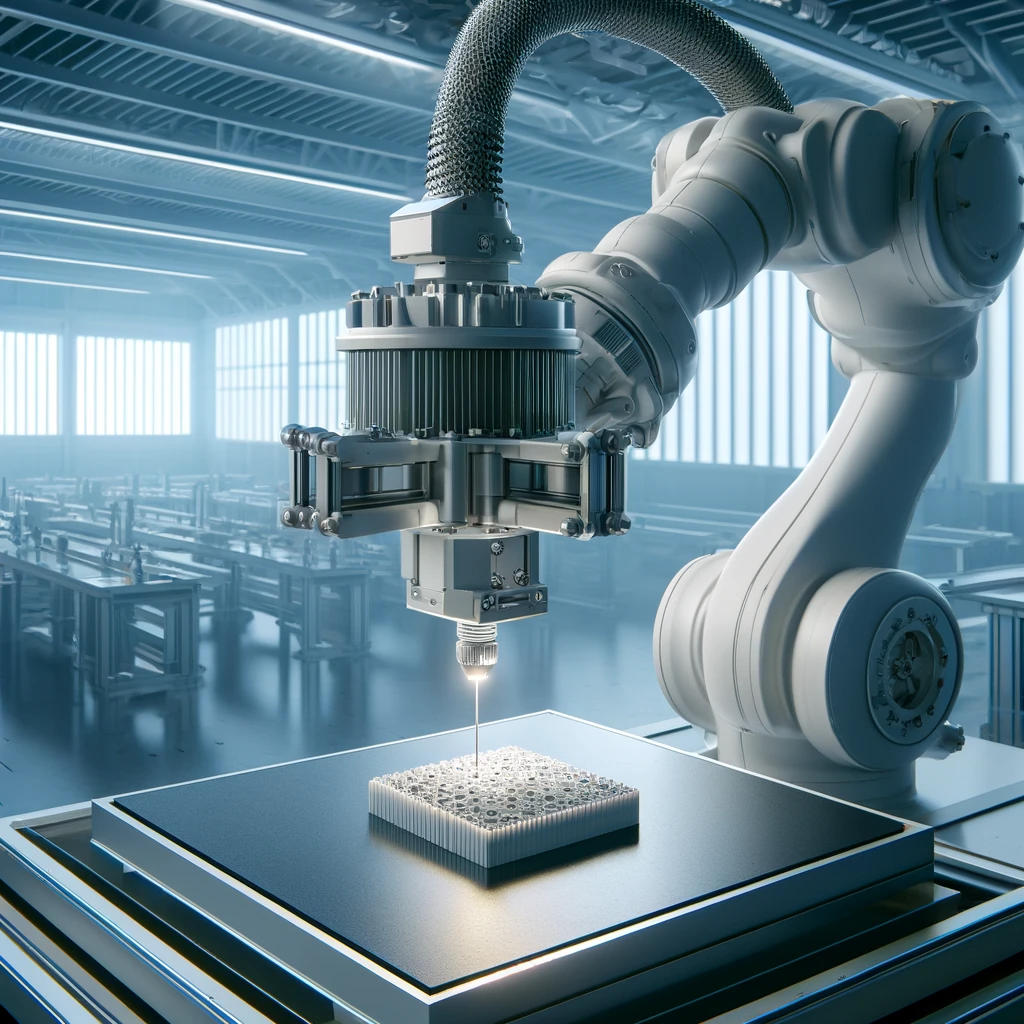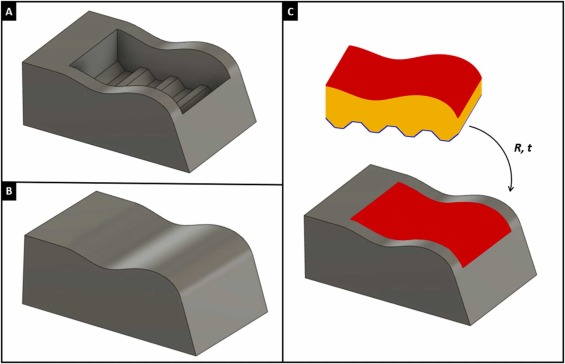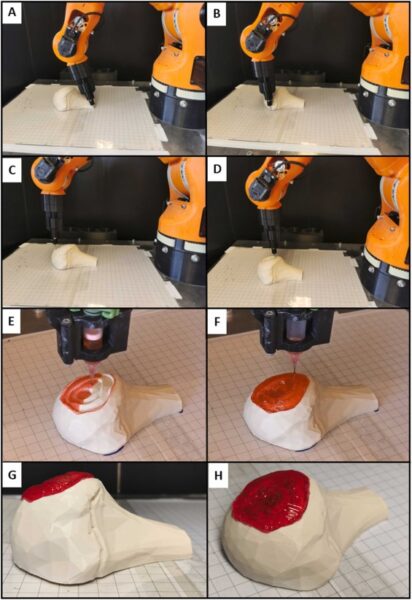Beyond Layers: Non-Planar 3D Printing

Non-planar 3D printing, also known as curved layer 3D printing or non-planar slicing, marks a significant evolution in the field of additive manufacturing.
This innovative technique involves printing objects with curved layers, a departure from the traditional method of depositing flat, horizontal layers. By adopting this approach, non-planar 3D printing can produce objects with smoother finishes, fewer visible layer lines, and overall enhanced surface quality, particularly beneficial for items with intricate geometries or organic shapes.
Enhancing Curved Surfaces
Objects with curved surfaces, such as sculptures, figurines, and components with complex geometries, stand to gain the most from non-planar 3D printing. The technology’s ability to follow the natural curvature of an object’s surface minimizes the appearance of layer lines, yielding smoother outcomes. This precision makes it an ideal choice for applications where aesthetic quality or surface smoothness is paramount. The ability to print objects of any shape and size on any type of substrate is an extremely important feature for applications where high in-situ precision is required, such as the fabrication of biological tissues in in-situ bioprinting techniques or the fabrication of electronic and microfluidic components
Superior Surface Quality
One of the standout benefits of non-planar 3D printing is its ability to significantly reduce the stepping or stair-stepping effect often seen in traditional 3D printing. By aligning layers with the surface curvature, it achieves a higher-quality finish, particularly noticeable on objects with gentle curves or those requiring a high level of detail. Ahlers et al. developed a slicing algorithm, optimized for FDM printing, that integrates planar layers with non-planar ones ensuring excellent surface properties while taking less time and material than the traditional approach.
Non-Planar Slicing Algorithm
Each planar and non-planar layer consists in turn of one or more outer perimeters, named shell, and an inner region, named infill. The presence of the bottom non-planar layer ensures proper adhesion on the eventual non-planar printing substrate, as well as a minimization of the underfilled regions. On the other hand, the non-planar top layers guarantee enhanced aesthetic and electro-mechanical properties due to the elimination of the stairstep effect, typical of traditional planar slicing algorithms.

Schematic of the non-planar slicing algorithm. Courtesy of A fully automatic non-planar slicing algorithm for the additive manufacturing of complex geometries.
Support Structure Reduction
Moreover, non-planar 3D printing can lessen the need for support structures. Since the curvature of the layers can naturally support overhanging features, this method not only saves on material costs but also cuts print time and simplifies post-processing work, streamlining the entire manufacturing process. More complex structures can be achieved by changing a 3-axe printing for a robot with 6-axe printing.

Printing test results of a bone defect reconstruction. Courtesy of A fully automatic non-planar slicing algorithm for the additive manufacturing of complex geometries.
Computational Complexity
The complexity of non-planar 3D printing lies in the sophisticated slicing algorithms and software required. These systems calculate the most efficient path for each layer, conforming to the object’s curvature while ensuring the final product’s structural integrity. This complexity means increased computational demands, potentially requiring more robust computing hardware and extended processing times.
Facing Challenges
Despite its advantages, non-planar 3D printing is not without its challenges. Issues such as ensuring consistent adhesion between curved layers, maintaining dimensional accuracy, and avoiding warping or distortion present hurdles that need to be overcome. Furthermore, the lack of widespread support among 3D printers and slicer software limits the accessibility of this technology.
Non-planar 3D printing holds the promise of revolutionizing the aesthetic and functional qualities of 3D-printed objects, particularly those requiring intricate detail or smooth surfaces. As the technology matures, ongoing advancements in software, hardware, and material science will be crucial to unlocking its full potential and addressing its current limitations. With continued development, non-planar 3D printing will likely emerge as a pivotal technology in additive manufacturing, delivering unparalleled precision and quality in creating complex geometries and organic forms.

Absolutely Right, Nevertheless when the Big Fat Cats try to put stupid Patent on Non-Planer Slicing and 3D printing , it will discourage developers to do what they are best at, making Non-Planar Slicing and 3D printing Universal, so that all the 3D enthusiast and professionals use and enjoy.